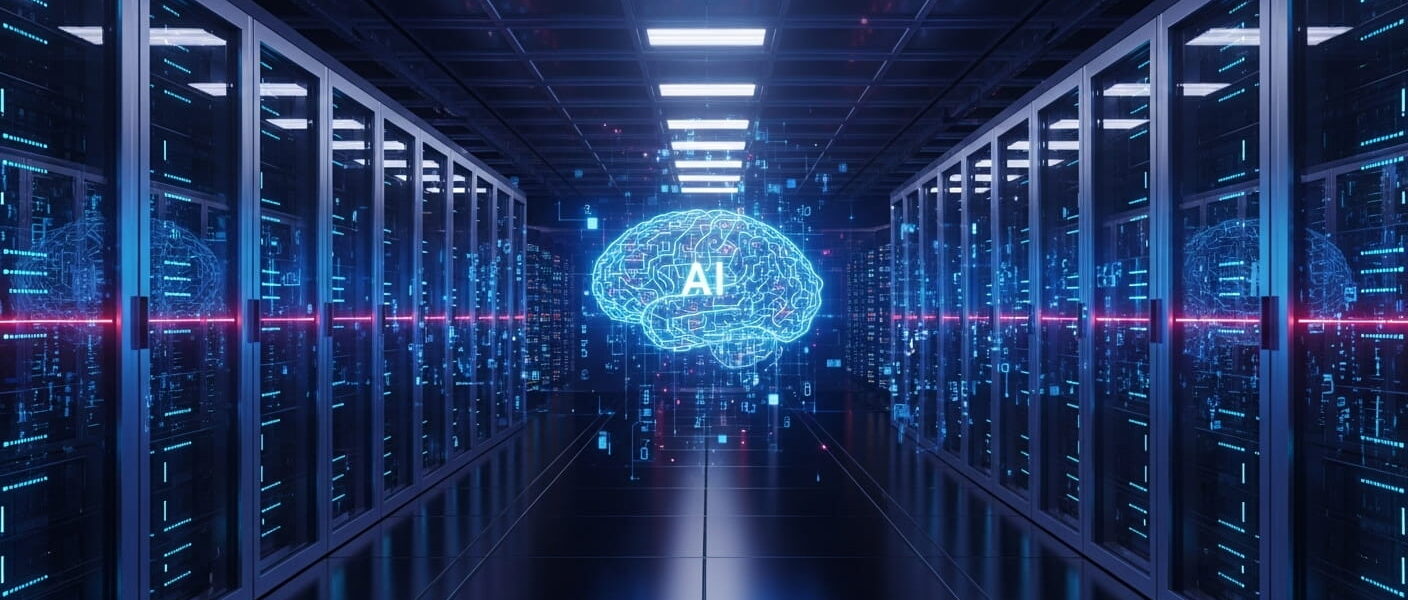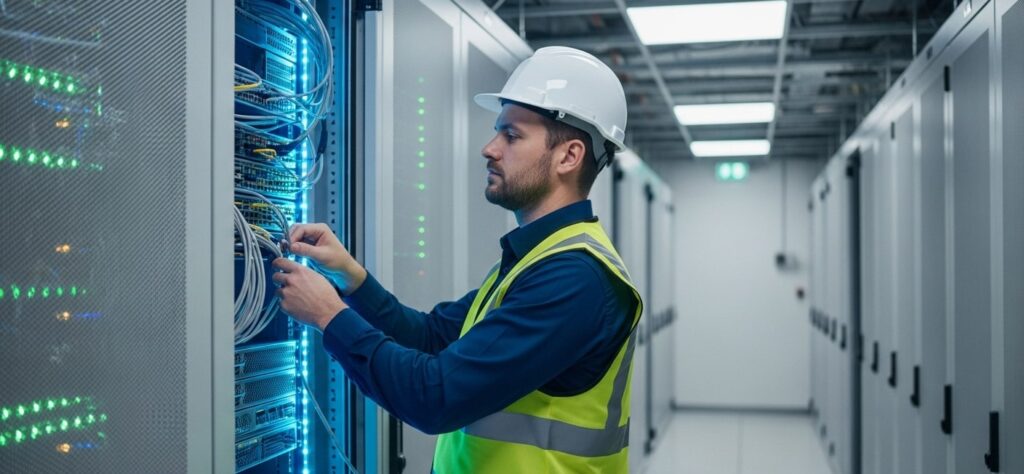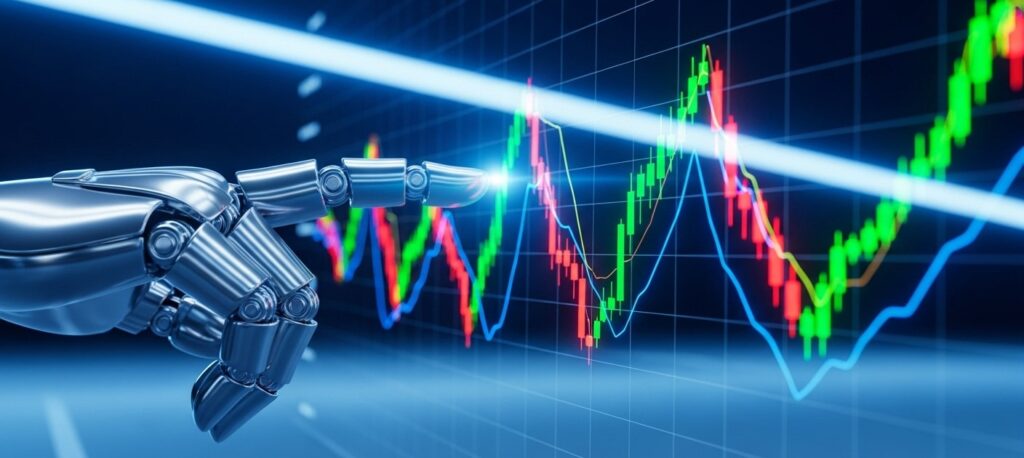Data Centers and AI: The Backbone of the U.S. Economy

Not long ago, data centers were considered “just” an operational cost. Today, they are the backbone of the U.S. digital economy, powering everything from cloud services to artificial intelligence models that are reshaping industries.
In 2025, the conversation has shifted. AI is no longer an experiment, it is a growth engine. And the infrastructure behind it (data centers, GPUs, energy grids, and supply chains) is creating real, measurable impact on jobs, tax revenue, and GDP.
Let’s break down what’s happening and why it matters.
Why Data Centers and AI Are Now Tangible Economy?
Hyperscalers and cloud providers have ramped up investments in AI-optimized facilities. We are talking about high-density GPUs, advanced cooling, and massive power demand.
In Q1 2025 alone, data center investment jumped 53% year over year, hitting roughly 134 billion dollars. This is not “IT spend” anymore, it is economic infrastructure.
Long-term GPU supply deals between chipmakers and operators are also locking in demand, financing, and job creation for years ahead. These partnerships reduce risk and stabilize entire ecosystems.
Jobs, Supply Chains, and Local Impact
Every new data center campus is more than racks and servers. It creates direct jobs in construction, operations, and technical support, and thousands of indirect jobs in civil works, electrical contracting, cooling systems, logistics, and security.
Reports show that a single hyperscale operator (think AWS or Vantage) can inject hundreds of millions of dollars into a local economy through taxes, utility payments, and supplier contracts. In some counties, that means new schools, upgraded infrastructure, and stronger local services.

AI as a Driver of Energy and Technology Demand
AI data centers consume far more energy per square foot than traditional ones. Analysts warn that if trends continue, U.S. power demand from AI data centers could skyrocket over the next decade.
This brings systemic challenges:
- Upgrading transmission lines
- Integrating renewable energy
- Scaling liquid cooling and advanced efficiency measures
Firms like Deloitte and JLL point to the need for tighter public-private coordination to prevent bottlenecks and rising environmental costs.
Measuring the Real Economic Contribution of AI
Here’s the tricky part: the official GDP numbers may be underestimating AI’s impact. Much of the investment in chips, cloud infrastructure, and models gets classified as intermediate goods or imported capital.
Analysts at Goldman Sachs suggest the real contribution of AI and data centers could be tens of billions higher than current statistics show. In other words, AI’s economic footprint is bigger than we think.

Risks and Tensions on the Horizon
Growth comes with friction:
- Power limits: Local utilities may struggle to keep up with new demand.
- Supply chain stress: GPUs and semiconductors are already scarce, pushing operators into long-term supply deals.
- Regulatory pushback: Communities are questioning the impact on water, noise, and landscapes. Some regions are imposing restrictions.
- Sustainability concerns: Without renewable energy and efficiency, public trust and compliance costs will rise.
Critical Infrastructure, Growth Engine, and Governance Challenge
Data centers are no longer hidden behind the curtain of “tech.” They are the highways and power grids of the AI economy, physical infrastructure with massive ripple effects on employment, supply chains, and local development.
The opportunity is enormous, but so is the responsibility. If the U.S. wants to fully capture the AI economy, it must align:
- Private investment with public planning (land, energy, training, taxation)
- Resilient supply chains (from GPUs to cooling equipment)
- Better measurement of digital impact so official stats reflect AI’s true contribution
Because at the end of the day, this isn’t just about models and GPUs. It’s about building the backbone of the future economy, responsibly, sustainably, and with people at the center.
